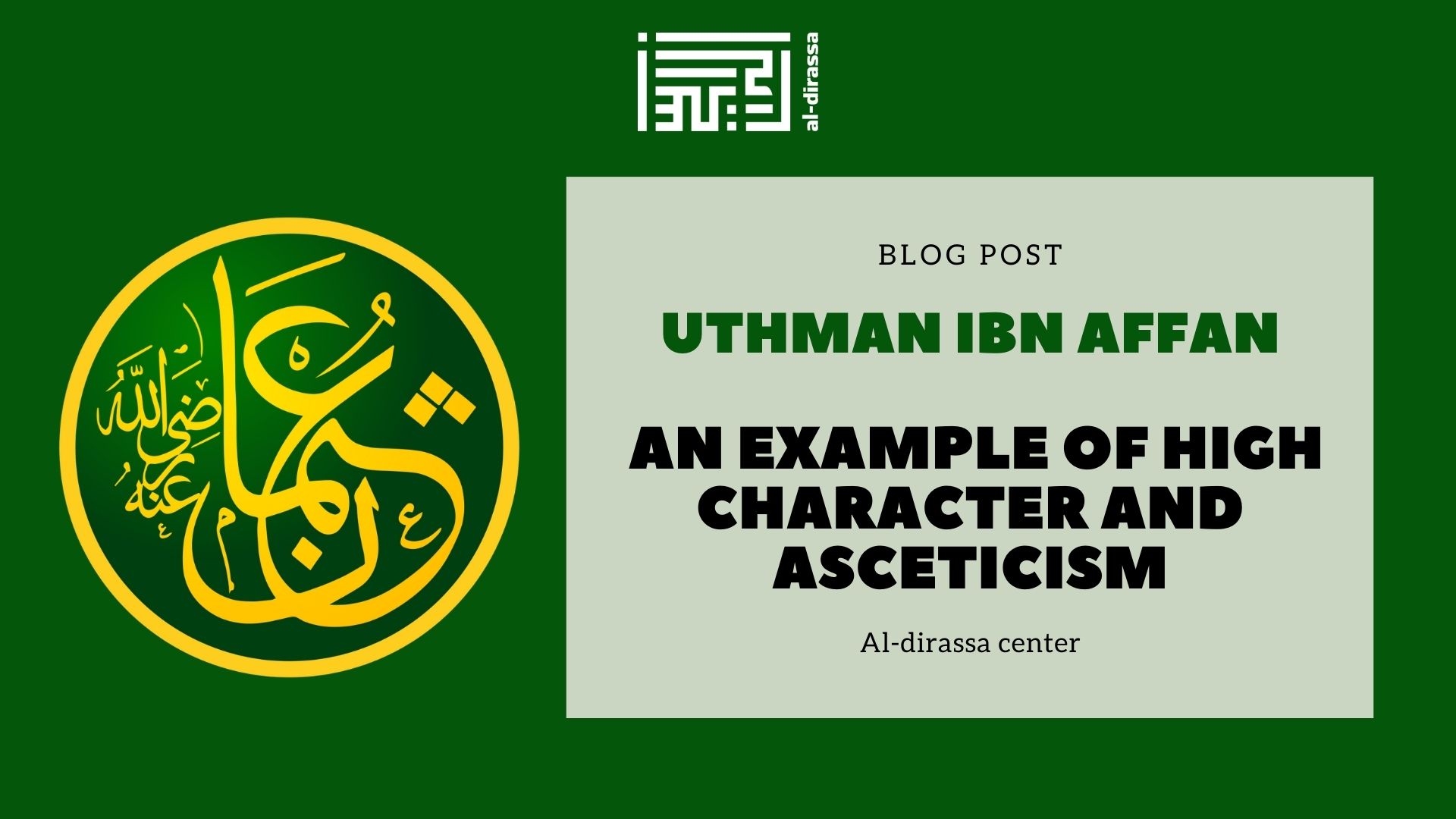Al-Haram in Mecca: A Deep Dive into Its Historical Significance and Importance in Islam
Al-Haram in Mecca: A Deep Dive into Its Historical Significance and Importance in Islam

The Legacy of Masjid al-Haram in Mecca: Delving into its History and Significance
Situated in the heart of Mecca, Masjid al-Haram, which encompasses the ‘Kaaba,’ is a marvel of both architecture and spiritual importance. Revered by millions worldwide, it stands as a focal point for Islamic rituals and serves as a center of unity for the Ummah (Muslim community).
The Unparalleled Importance of Masjid al-Haram
Masjid al-Haram is the largest mosque globally, a symbol of unity where Muslims from every corner of the world converge and offer their prayers. Its distinctiveness emanates from the Kaaba, which is situated in its midst, considered by believers to be the holiest spot on Earth.
With its impressive nine minarets piercing the sky, the mosque has the capacity to welcome millions of pilgrims, who arrive each year to perform rituals like Hajj and Umrah. For those fortunate enough to visit, a transformative experience awaits. Here, the ubiquitous query regarding the Qibla’s direction (prayer direction) is rendered moot. By merely glancing at the Ka’bah, one becomes acutely aware of Allah’s (SWT) omnipresence.
A Journey Back in Time: The Historical Roots of Masjid al-Haram
Islamic traditions trace the inception of Masjid al-Haram back to Prophet Ibrahim and his son Ismail. Under divine instruction, they laid the foundation of this holy mosque and the iconic Kaaba. However, the documented construction history starts in the 7th century under Caliph Omar Ibn al-Khattab’s guidance.
With the surging influx of pilgrims each year, Omar ibn al Khattab foresaw the need for greater accommodation. To make way for a more expansive prayer area, he authorized the demolition of buildings adjacent to the Kaaba and initiated the construction of an encompassing wall. This vision of inclusivity and accommodation persisted, and under Caliph UthmanIbnAffan (644-656), further expansions and roofing additions were undertaken.

Centuries of Expansion and Renovation
The mosque witnessed significant changes during Caliph Abdul Malik bin Marwan’s reign. Not only did he elevate the Masjid al-Haram’s external walls, but he also introduced aesthetic enhancements, such as gold-painted column capitals and teak ceiling coverings.
His legacy was continued by his son, who replaced the wooden columns with elegant marble ones and embellished the arches with intricate mosaics. In a monumental move, Abbasid Caliph al-Mahdī (775-785) embarked on a major reconstruction, ensuring the Kaaba was at the courtyard’s center.
However, the mosque faced its share of adversities, including being ravaged by fire and floods in the 14th century. Ottoman Sultan Selim II, in 1571, commissioned the renowned architect Sinan to rejuvenate the mosque. His contributions, including the addition of small domes to the Kaaba’s roof, remain intact today.
Notable advancements also occurred under Caliph Al-Mahdi. Minarets adorned the mosque’s Bab al-Salam, Bab Ali, and Bab al-Wadi, while the path between Al-Safa and Al-Marwah was expanded and integrated within the mosque.
The 20th century saw unprecedented development initiatives spearheaded by King Abdulaziz Al Saud, King Fahd, and King Abdullah IbnAbdulaziz. These efforts amplified the mosque’s capacity, accommodating up to 2 million worshippers.
Under King Salman’s reign, further modern enhancements were made, introducing air conditioning throughout the premises and further expanding the northern section.
One timeless miracle associated with this Grand Mosque is the oasis ‘Zamzam.’ Its waters, believed to possess healing properties, have never ceased to flow since their divine revelation.
In Conclusion
Masjid al-Haram stands as a testament to Islam’s enduring legacy and the continuous efforts of numerous leaders to preserve its sanctity and accommodate its believers. For Muslims worldwide, it remains a beacon of faith, unity, and spiritual elevation.
The Al-Dirassa Institute provides a range of online courses in Arabic, Quran, and Islam tailored for non-Arabic speakers. To enroll in our courses or learn more, please don’t hesitate to get in touch with us today.
Chosen and Trusted by Thousands of Satisfied Learners
Discover the experiences of our delighted clients who have thoroughly enjoyed utilizing this standout feature.
Alhamdulillah I‘m very pleased with the arabic and Qur’an lessons I receive from teacher Umm Tasneem and I‘m also content with the al-dirassa administration team who were very quick in answering any questions I had. In a month I progressed a lot and I cannot wait to continue my studies with al-dirassa. May Allah reward everyone at al-dirassa.
Verified review - view original
My Qur’an teacher is fantastic, she teaches me in a loving and kind way where I look forward to the lessons and learn so much. My Arabic teacher is equally as nice and has a lot of patience with me, she has great expertise in the field and I’ve progressed really quickly with her. Thank you Al-dirassa!
Verified review - view original
Book your free trial lesson
Don’t want to go through the translation anymore?
30 free minutes with your qualified Egyptian teacher.









